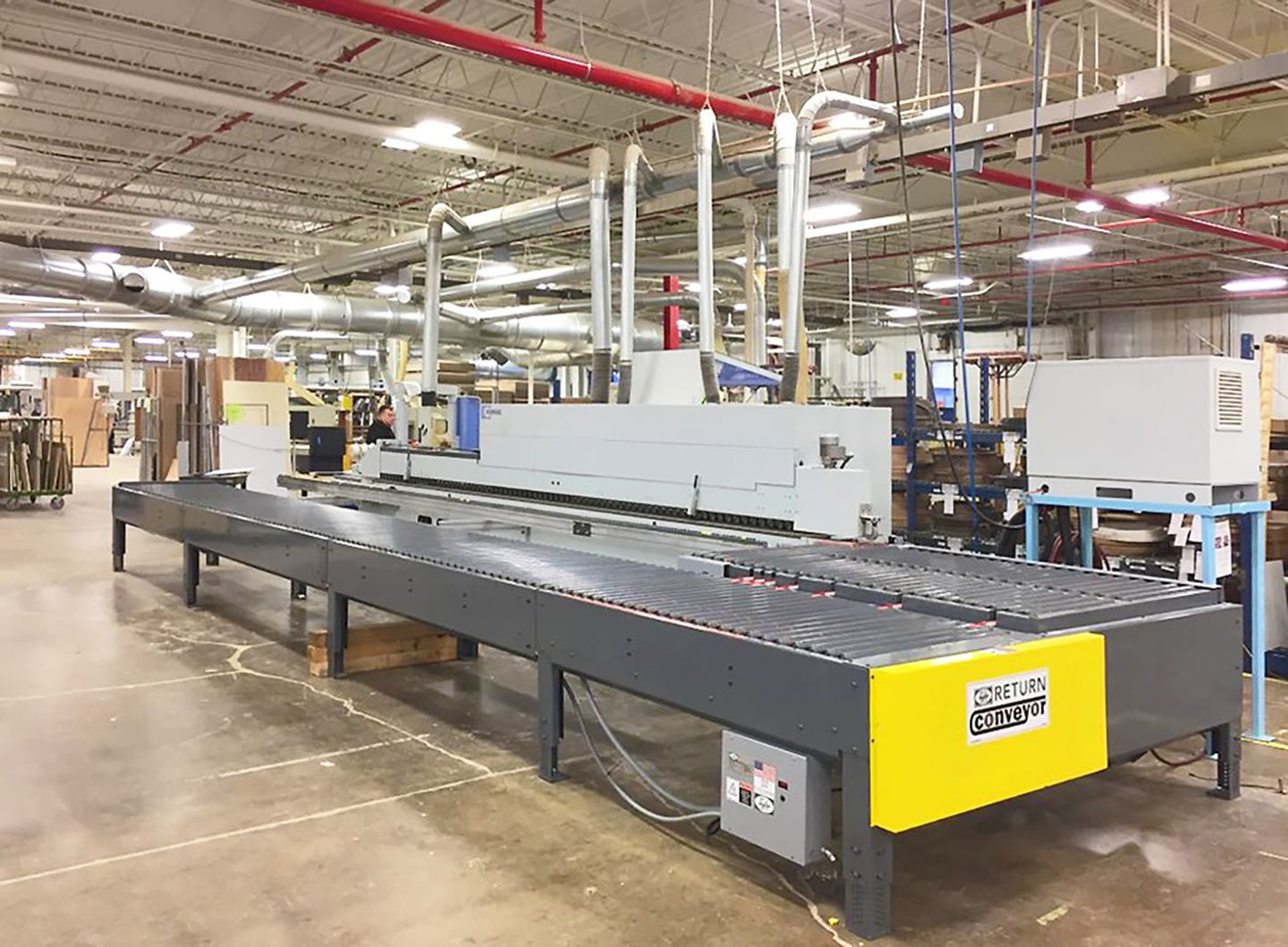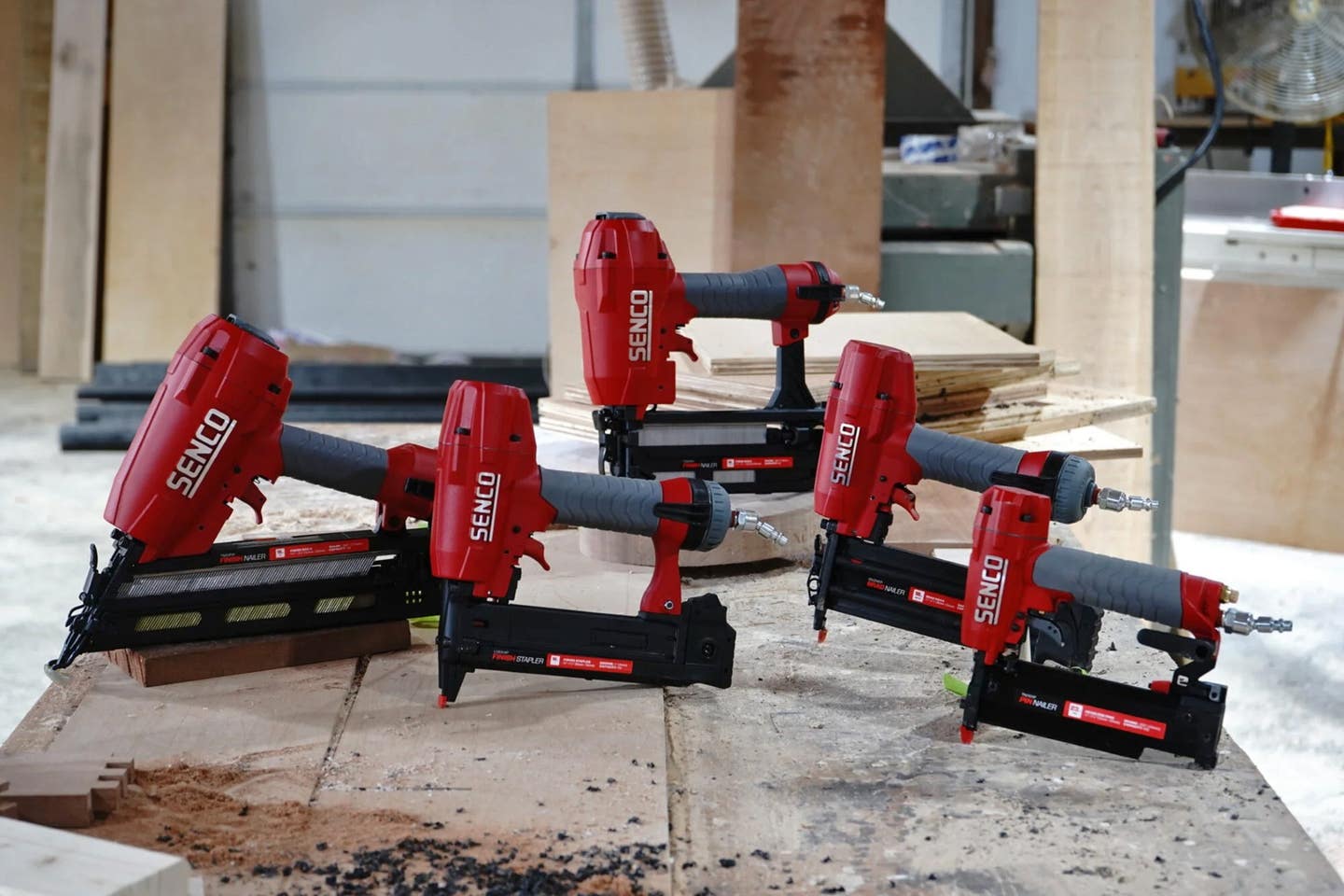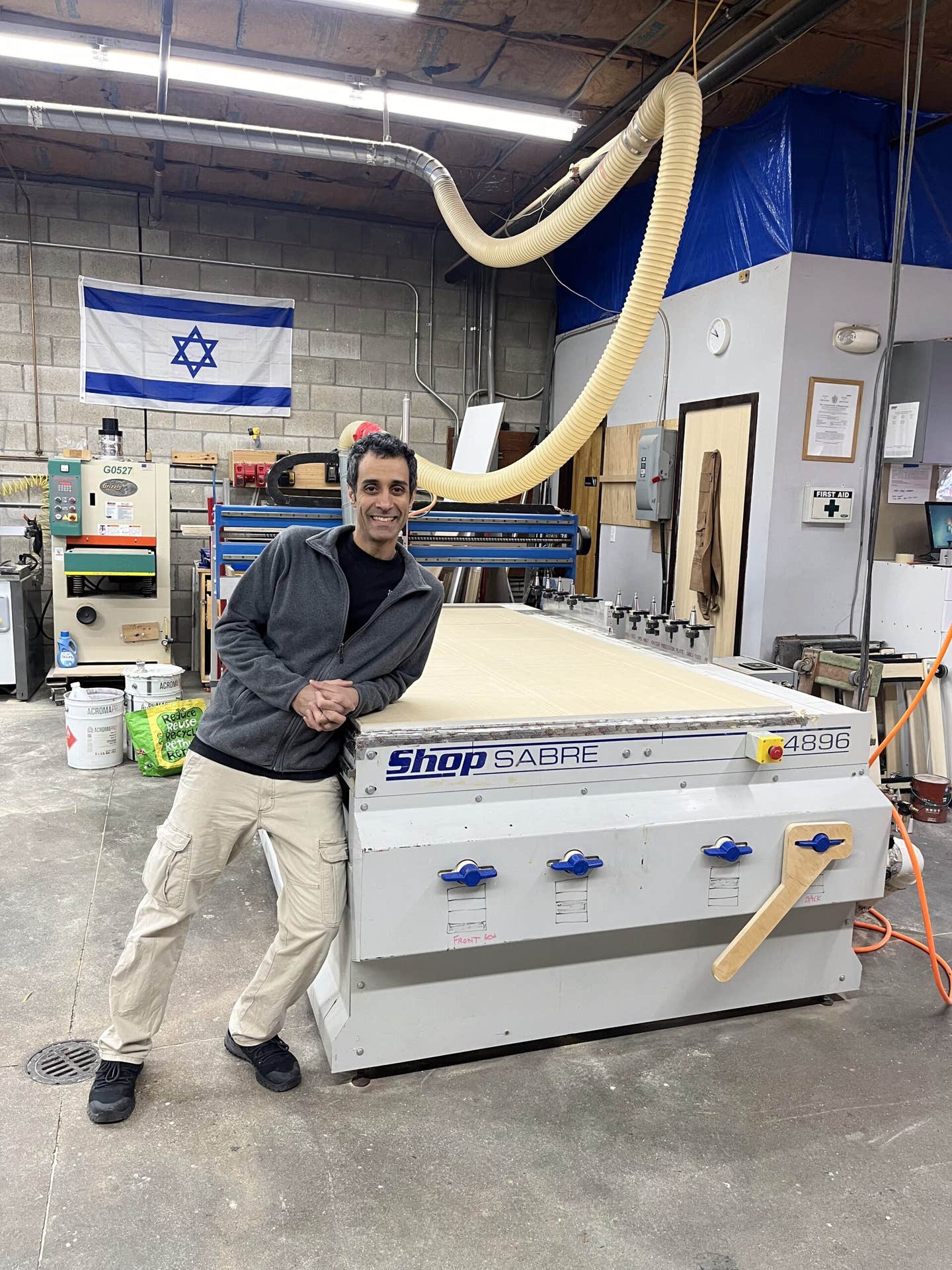A Little Goes a Long Way
The biggest challenge with lean manufacturing is that the theory keeps getting fatter.
The biggest challenge with lean manufacturing is that the theory keeps getting fatter.
For decades, the first step when a woodshop was looking to improve performance and profitability was to call on expert help in the form of an efficiency consultant. Having an outside analyst take a look at the operation is still a good idea, especially if yours is a dynamic business that’s expanding quickly and needs direction. Shops can grow rapidly nowadays through outsourcing, or by investing in highly efficient CNC technology, or through a combination of these. Both approaches can address the increasing problem of attracting and keeping skilled workers – the first by sending manufacturing tasks offsite, and the second by increasing the rate of production per worker in-house. And both, according to virtually any expert you hire today, can be neatly integrated into an overall strategy that is based on lean manufacturing.
One can’t get away from ‘lean’ nowadays. Every business school, consulting firm, industry publication and other management resource has heartily espoused the model, until it seems there is no other. Which brings us to the Jack Spratt theory – lean manufacturing really is getting too fat. With so many experts contributing to the body of knowledge (well, theory), and countless lexicons of terminology being added to daily, it’s almost impossible (and often overwhelming) for an average shop manager to figure out where to start. There are two obvious paths, but which does one choose?
An owner or manager can either hire an expert or start learning. Hiring an expert means engaging an independent consultant (or a whole firm of them), or else bringing a bright young prospect with a fresh new MBA into the fold. The other option, to start learning the theory oneself and implementing it piecemeal over time, seems at first glance to be less expensive. But, who’s going to run the shop when you’re in class?
The basics
There are actually two theories of lean manufacturing. (Hang in there, the ride isn’t as bumpy as it looks.) The first theory is based purely on identifying and eliminating waste, and it’s a relatively simple, and quite practical approach that seems to appeal more to American cultural norms. The bottom line here is that it borrows some tools from lean theory such as work cells and integrates these into the existing manufacturing flow.
The second concept is more literally based on the original Toyota model and it’s a bit more, well, spiritual or even monastic in nature. It seeks to adjust and improve the flow of work and eliminate little bumps that are not always limited to waste. The easiest way to get one’s mind around this approach is to reduce it to two tenets. Essentially, the Toyota model works toward eliminating inventory as a way to reduce waste, and it only builds products and features that customers value. This way of going lean involves a bigger commitment than just using some tools. It means rethinking the very nature of the manufacturing process, and essentially starting over from the ground up. It is perhaps a better choice for new woodworking businesses, or for very large ones that specialize in outsourcing.
The other approach is more popular in North America and represents a hybrid of pure Toyota values and hands-on, practical experience. Here, lean manufacturing concentrates almost exclusively on reducing or eliminating waste, whether that’s in materials, time, effort, inventory, space, utilities, transport, storing or any other aspect of operations. It’s a walk through the salad bar of lean options, choosing only those that are immediately applicable or that will be used in the near future. This model is perhaps more suited to the independent and innovative nature of American industry. Let’s face it, we don’t always follow the rules. Of course, that has consistently been one of our great strengths.
One of the core concepts of the Toyota model that American business has adopted is the work cell. A work cell is just a descriptive term that includes all the equipment, tools and resources, including people, that are needed to perform a task. When this basic unit of lean manufacturing is done right, it produces more product in less time with fewer errors and lower costs. A key ingredient here is that the cell gets rid of any existing steps in production that don’t add value.
Think, for example, of something as simple as carbide inserts. They eliminate the need for a sharpening station, and training somebody to sharpen, and having somebody sharpen, and buying diamond wheels. They can shorten the time a machine is down for maintenance, and because they are uniform in size and shape, they eliminate various tedious processes required to fine tune and adjust a newly sharpened (and therefor slightly differently shaped) cutter or blade. Within the work cell, one needs to balance these benefits against the increased cost of inserts over traditional cutters. Which is, well, leaner?
In Practice
A woodshop can be divided into a number of work cells, and within larger confines there can be smaller cells. For example, administration tasks can be completely separated from design or production ones. An office can have its own work cell. And several cells on the shop floor can work together to build cases or furniture. One of the keys here is that the cells need to be somewhat flexible, especially in shops that build custom work, where every project is a little different.
The physical shape of a cell can vary, as it depends not on some theoretical diagram, but on the most logical arrangement of resources. On the shop floor, cells are typically U-shaped (and sometimes L-shaped) so that work passes in and out in roughly the same area. That normally, but not always, helps with loading and unloading raw or finished parts, simply by cutting down on footsteps. The U also allows machines or workstations to be arranged so that they are generally closer together. The idea of a cell is, after all, to eliminate unnecessary motion, which is wasted time and energy. People should be able to complete tasks with the least amount of stretching, walking, turning or distraction. Keep in mind that lean manufacturing is holistic – it is designed to reduce the overall cost and waste levels, rather than making a single step less costly. Given that, some work cells still require a degree of motion by and between individual employees.
Each work cell should be self-regulating, so that it requires minimal management supervision. A cell should also be self-improving. That is, the people working there need to constantly note, and pass along to supervisors or management, any observations or deductions that will help with efficiency. For example, if a standard cabinet side is being drilled for 12 shelf supports and the team thinks 10 would be perfectly adequate and still serve the customer best, then that change or upgrade can be made as a self-improvement for the work cell. Similarly, cells need to be as smoothly functional as possible, and if a short conveyer would pass parts from one machine to the next more efficiently than, say loading them on a cart and physically pushing them across the cell, then that idea can be part of the constant improvement built into the work cell.
Such changes seem obvious and simple, but the hard reality is that many, if not most woodshops do things the same way for many years without making adjustments. Lean manufacturing develops a culture where employees and team leaders are constantly on the lookout for ways to improve the flow or reduce waste.
A work cell isn’t a department, although at times it can be. It’s generally smaller, with two to maybe a dozen people. A single process (such as making five-part doors) can involve one or several work cells, depending on how the shop is laid out. For example, there might be back-to-back cells that share some machines, and one cell makes short base doors while the other makes taller doors for wall cabinets. Even installing hardware (pulls and knobs) might be divided into different but adjacent cells, depending on the volume of doors going through the shop, and the placement of the handles. Keeping the workflow simple, fast, free of backlogs and unnecessary queues is the key.
A work cell isn’t always just function or process based. Sometimes, you’ll need to add extra workstations (a second edge bander?) so that bottlenecks don’t occur.
For woodshop owners who are exploring the concept of work cells, a good initial exercise is to make a scaled drawing of the shop, and then start drawing colored lines on it that represent the physical journeys of parts. The fewer lines, the better. If your diagram starts looking like a spider web, it’s time to put on your thinking cap.
Another precept worth bearing in mind is that designing and merging new work cells into a leaner environment doesn’t require endless research before taking action. Even small changes can elicit substantial improvement. Becoming an expert in lean manufacturing isn’t going to happen overnight. This is one area that you can’t read your way through, because every shop is different. Plus, you need to have the entire crew, from coffee kid to CEO, on board to make it work. Remember, the biggest challenge with lean manufacturing is that it keeps getting fatter. So, try to keep your shop’s version simple, take smaller steps, learn as you go, and constantly update and implement small changes to bolster a larger, more efficient vision.







